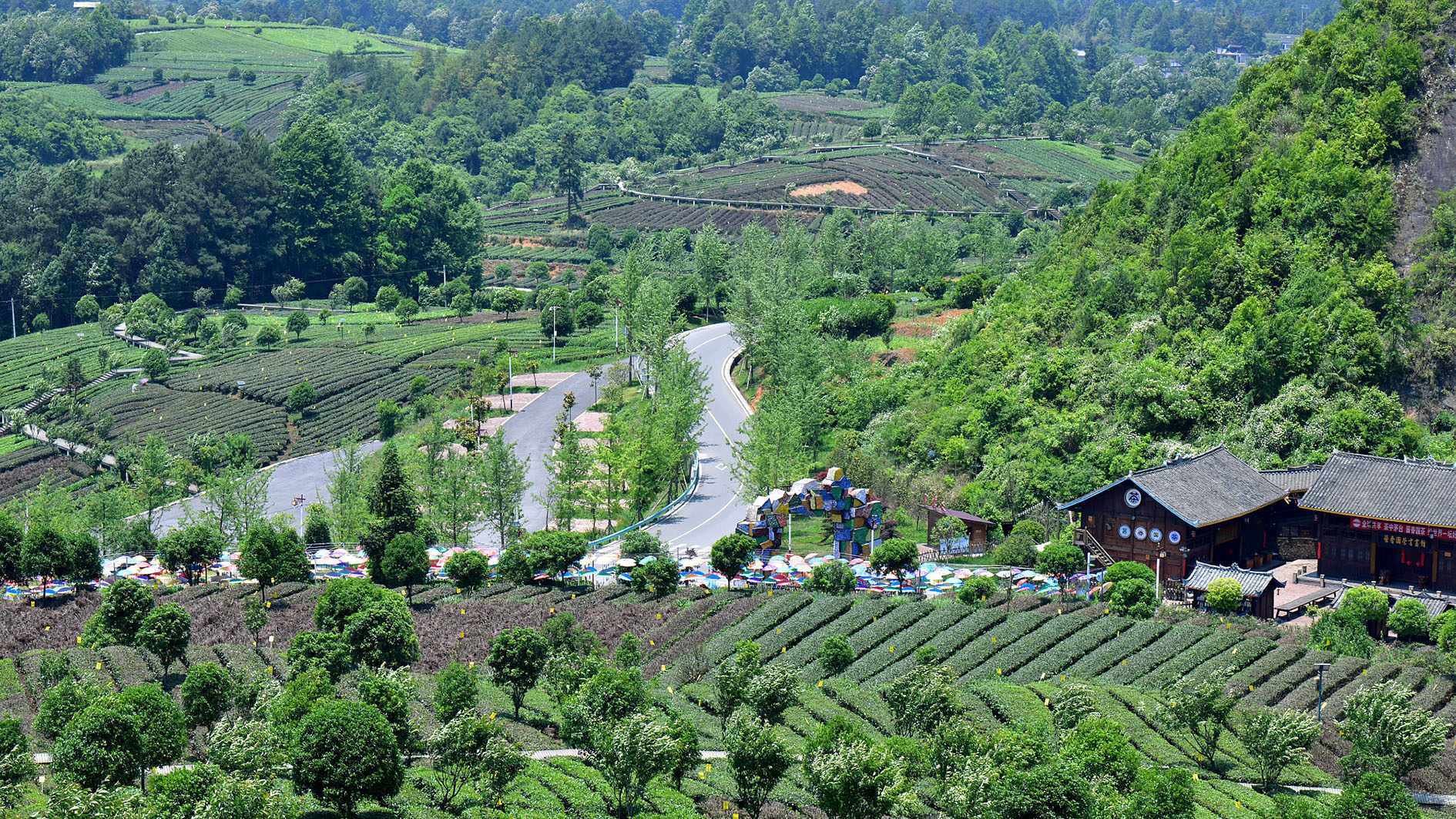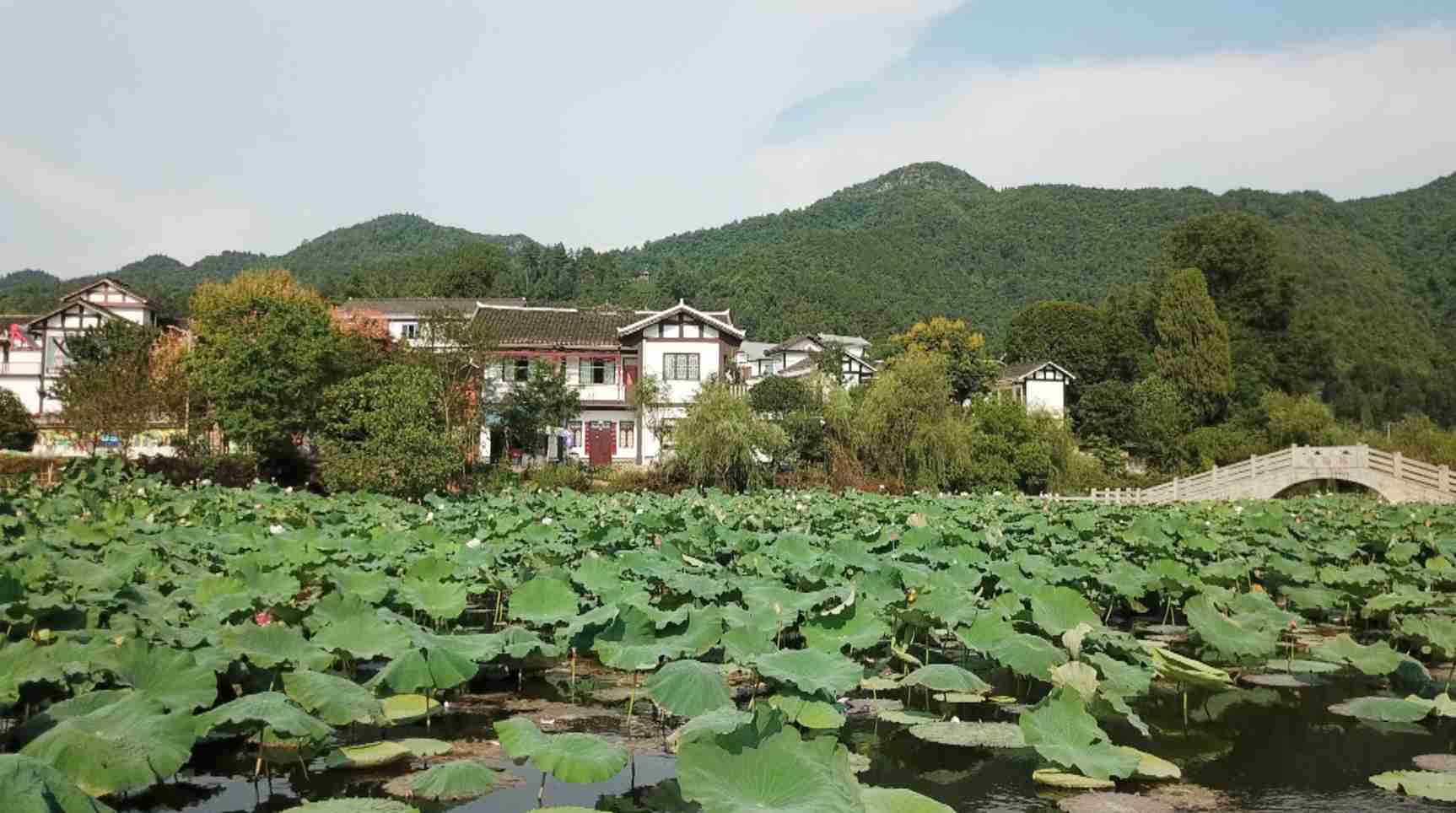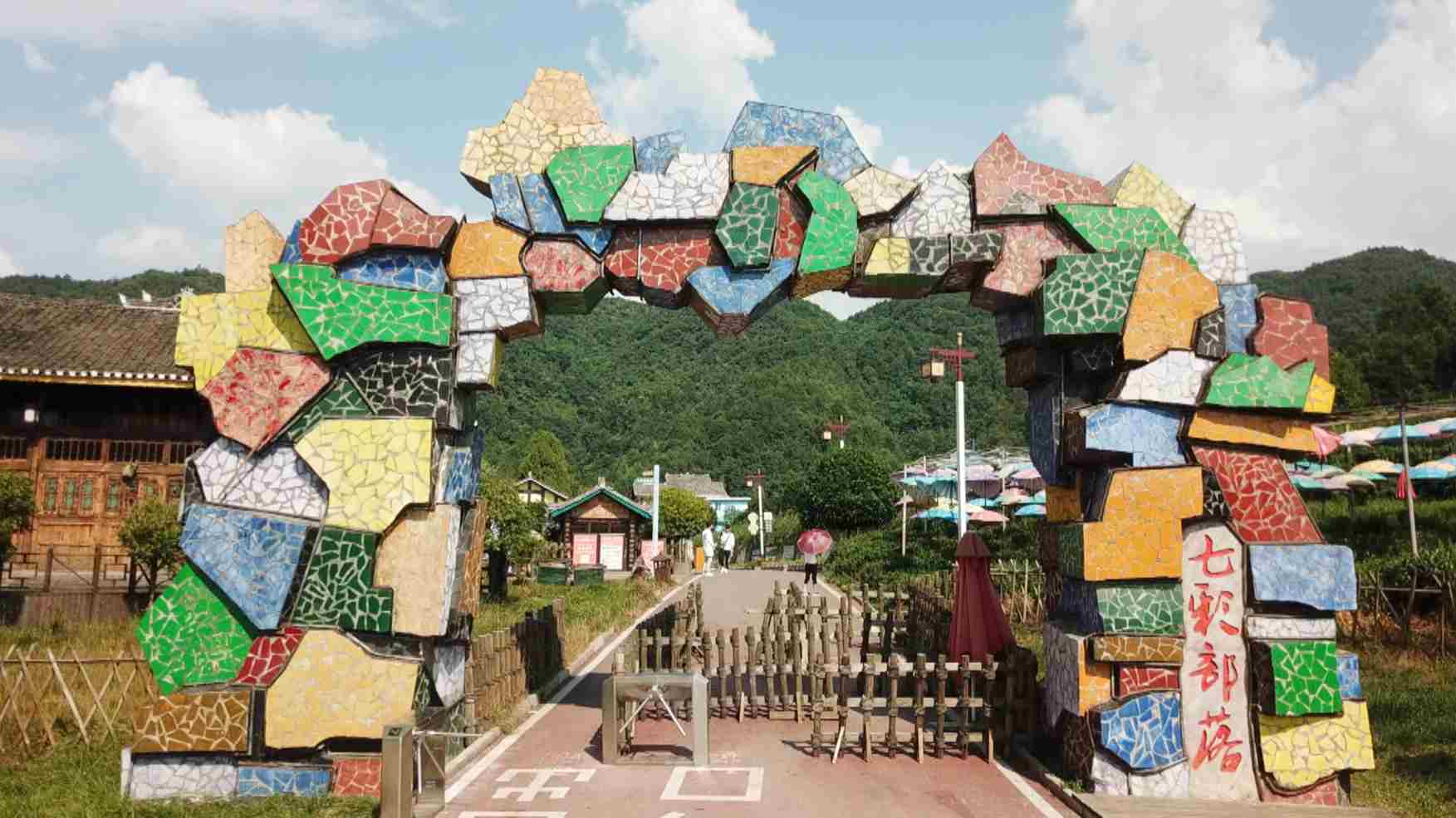
Culture
08:07, 24-Jul-2018
Along the Yangtze River: Tea culture helps develop tourism in rural Guizhou
Updated
07:28, 27-Jul-2018
By Ning Hong
02:15

Tea farmers are gaining more income via tourism. In the latest part of our series on the economic belt along the Yangtze River.
On the mountains of Guizhou, scattered tea farms are the pillar of the local economy. This is Meitan county, the second largest tea production base in China.
Tea farming has helped bring over 30 thousand people out of poverty.

Meitan County. /CGTN Photo
Meitan County. /CGTN Photo
For decades, villagers here have made a living by growing and selling tea. Now, this newest attempt aims to develop tourism by promoting tea culture.
Locals painted their homes with different colors in order to attract more tourists. And they gave a new name to their village, the Seven Color Tribe. Houses were turned into stores.
Fan Lin said she was attracted by this place and decided to start a business here. Building tourism with tea culture. “I show them how to collect tea, and how tea is processed. It certainly provides a unique experience for many”, she said.

Fan Lin /CGTN Photo
Fan Lin /CGTN Photo
There are 70 households here. Since 2015, tourism has brought an income of 50 million Yuan to locals. And provided 400 jobs.
Liu Yunze is the head of the local CPC working committee, he said the improvement of basic infrastructures in recent years has been very helpful in attracting tourists.

The Seven Color Tribe. /CGTN Photo
The Seven Color Tribe. /CGTN Photo
“During the daytime, villagers work in tea farms. At night, tourists can live here and enjoy rural life.”
The area of the tea garden is also expanding; many villages have gained investment. Farmers are now shareholders, the combination of tea farming with tourism is now a new engine of growth for the local economy.

SITEMAP
Copyright © 2018 CGTN. Beijing ICP prepared NO.16065310-3
Copyright © 2018 CGTN. Beijing ICP prepared NO.16065310-3